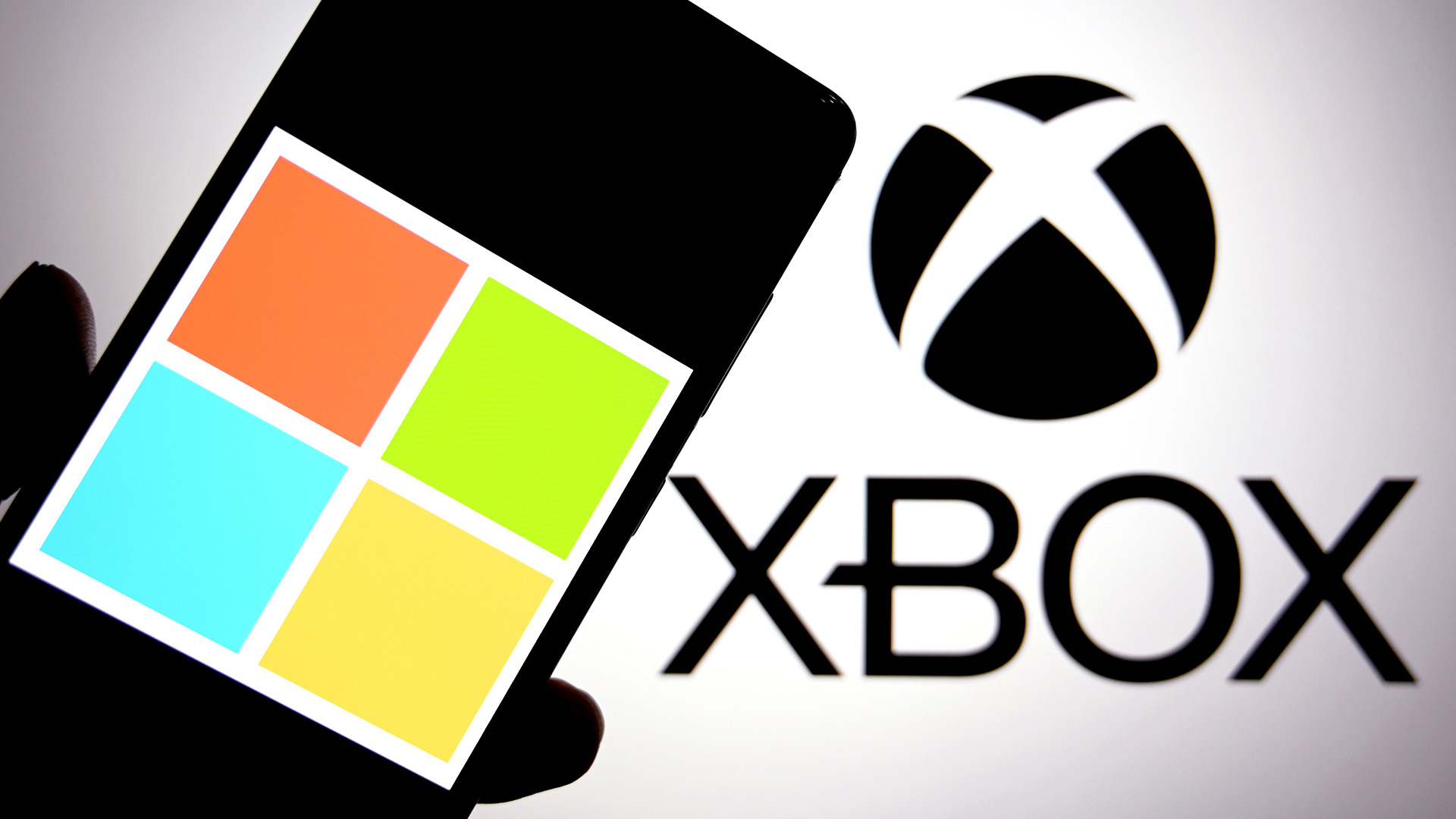Hyper-V: A quick guide for the channel
What is Microsoft Hyper-V, how does it compare to VMware and what are the opportunities for virtualisation in 2015?

What is Hyper-V?
Microsoft Hyper-V is Microsoft's virtualisation platform - a technology that, essentially, produces a virtual IT environment as opposed to working on a physical one.
It makes use of a hypervisor: a layer between physical and virtual spheres that distributes the system's hardware resources among virtual machines (VMs). Software executed at the user's end is then run on these virtual machines as if it would on the physical hardware itself.
Microsoft's Hyper-V platform was first introduced in tandem with Windows Server 2008 - and has been released with every Windows Server iteration since.
It is also available as a smaller, standalone product -- named Microsoft Hyper-V Server -- that includes only the relevant features required for virtualisation, Graphical User Interface (GUI) and services.
Due to this minimalistic approach, the more simplistic Hyper-V Server does not require the same level of maintenance and even possesses fewer vulnerabilities.
The latest version of Hyper-V is available with Windows Server 2016 and features a host of enhancements over its predecessors.
Stay up to date with the latest Channel industry news and analysis with our twice-weekly newsletter
Who is Hyper-V aimed at?
According to Microsoft, Hyper-V is recommended as a solution for all user needs. However, since its introduction in 2008, the product has typically possessed limited features compared to its rival VMware. Each new version of Hyper-V brings with it significant improvements, however, and Microsoft is quickly catching up with the competition.
Microsoft describes its latest standalone Hyper-V Server 2016 as containing only the Windows hypervisor, a Windows Server driver model and virtualisation components.
"It provides a simple and reliable virtualisation solution to help you improve your server utilisation and reduce costs," the company states.
How does it impact the market?
The underdog is a position that Microsoft has not held in its core enterprise operating system market in a very long time.
The fact that Hyper-V is almost a feature-for-feature rival to VMware is a testament to its engineering prowess and recognition that virtualisation was a complete game changer – better late than never.
The rivalry between the two firms is great news for the industry and has been a contributing factor in curbing some of VMware’s slightly gouging pricing structures that penalised customers for using virtual RAM and for stacking up loads of VMs on few physical servers.
Conversely, VMware has also prompted Microsoft to adapt with its free Hyper-V server as an example of a truly useful product from a company not noted for its altruism. At the current development rate, Microsoft may ultimately match VMware in terms of features, but Microsoft trails in terms of market share, with IDC awarding it roughly 30 percent market share to VMware’s 54 percent, with rival Citrix as the only other vendor with double digit virtualisation share.
Microsoft has been quietly helping developers to create Hyper-V supported versions of previously “VMware only” software and hardware platforms including Tintri, Atlantis Computing – even supposed rival Citrix’s CloudPlatform is due native Hyper-V support. The strategy aims to dispel the notion that VMware is enterprise while Microsoft, at least in virtualisation, is more midmarket.
Points of interest
Although VMware and Microsoft are comfortably #1 and #2, they are not the only games in town.
In some cases, rivals with a few points of market share offer some interesting vertical differentiators. For example, channel partners looking to offer very dense “commodity” virtual hoisting, vendors like Parallels provide a Hypervisor that integrates directly into its provisioning platform which reduces both cost and complexity.
If you are building platforms purely in the open source space then KVM (Kernel-based Virtual Machine) is a real alternative. Although open source, it has some powerful backers like IBM and the overall costs compared to Microsoft or VMware is significantly lower while raw performance is easily on-par.
Growing marketshare
Based on 2014 data from IDC, Microsoft now commands around a 35 percent of the hypervisor market with rival VMware at just under 45 percent. Although in terms of absolutely revenue VMware is still ahead, Microsoft has caught up quickly from its late start through a number of factors. The most important is its tight integration with its Azure cloud platform which offers a credible rival for Amazon, especially when moving traditional Microsoft workloads into the cloud.
Another factor that has helped the firm is its growing support for Linux distribution within its virtualisation layer. Although not perfect, it has invested engineering capability into creating a modest level of feature parity with its Windows feature set and the next iteration of server product goes further still.
However, one could argue the main reason for its rapid and continued growth is the 80/20 rule. In comparison to VMWare, it is still less feature rich but in as the adage goes 80 percent of the user’s only use 20 percent of the features and Microsoft has hit the core requirements. This also translates to cost. Deciphering the various pricing schemas and then trying to compare features side by side is difficult but there is a pattern. In essence, running an environment on Hyper-V works out cheaper than VMware’s ESX if you don’t need the higher end features and can live without Microsoft System Center Virtual Machine Manager (SCVMM). However, when you add in the price of SCVMM and then compare it to VMware vSphere, there is price parity but VMware still has more features. The caveat is that pricing is based on a whole load of additional conditions like workload and processor configuration but this rule of thumb seems to hold true.
Update: Windows 10 and imminent Server 2016 to adds enhancements
Updates to Microsoft virtualisation platform are normally centred on OS launches and Windows 10 and the upcoming Server 2016 have added a number of technical benefits:
Production checkpoints
Production checkpoints allow you to easily create “point in time” images of a virtual machine, which can be restored later on in a way that is completely supported for all production workloads. This is achieved by using backup technology inside the guest to create the checkpoint, instead of using saved state technology.
Hot add and remove for network adapters and memory
Server 2016 will add allow the addition or remove a Network Adapter while the virtual machine is running, without incurring downtime. This works for generation 2 virtual machines that run both Windows and Linux operating systems. The upgrade also allows adjustment to the amount of memory assigned to a virtual machine while it's running, even if you haven’t enabled Dynamic Memory
Integration Services delivered through Windows Update
In Windows 10 and going forward, all integration components will be delivered to virtual machined through Windows Update along with other important updates. This is a significant change as it helps to reduce the currently cumbersome processes of manually updating environments.
Channel Pro opinion
Microsoft is still the largest channel-centric software vendor in the world. Even though virtualisation changes the utilisation and deployment dynamics of applications, the bulk of the world still relies on Microsoft operating systems and productivity software. When you compare its virtualisation rivals, even they concede that the end application on top of the hypervisor will likely have a Microsoft element. That status quo is not changing anytime soon.
Just recently, a number of VMware-focused ISVs, most notably Veeam, have launched Hyper-V versions as a recognition that it is a not a one-horse race. To say that Microsoft’s Hyper-V is equal to its primary rival is not the case, but what is clear is that channel partners with virtualisation practices would be wise to brush up on Hyper-V skills.
Another area of integration that may well benefit the channel is the tightening of the relationship between Microsoft Hyper-V and its Azure cloud service. For example, the launch earlier this year of the Windows Azure Hyper-V Recovery Manager Service protects allows on-prem applications to be replicated and recovered on Hyper-V Virtual Machines running in a private cloud. The recent updates has made the process much simpler with a pricing model that actually offers the channel a method of building their own cloud backup business – although there are many specialist ISV in this space with far more flexible alternatives.
The era of mysticism that surrounded virtualisation has passed and customers are now more comfortable with expressing a preference in virtualisation platform. The days of just pushing that decision to the implementation partner is gone and we are potentially heading towards a more commoditised hypervisor future where the differentiator will be more around management tools.
With Microsoft now a credible second fiddle to VMware, what is clear is that real choice exists and in many ways, its approach is helping to commoditise the hypervisor and wider virtualisation play and move the value add higher up the stack into the management layer. The last Gartner Magic quadrant highlights this with only Microsoft and VMware in the top right, and every other vendor in the middle bottom left of the niche players.
Although still rivals with VMware, the ecosystem of third party vendors is now building products that support both platforms is good news for the channel. In addition, some of the aggressive press briefing by Microsoft against VMware, the most odd occurrence during a VMware World event a few year back, has subsided which suggest the fear of losing its place in the virtualisation gold rush has subsided.
28/07/14
What is Hyper-V?
Microsoft Hyper-V is the software giant’s virtualisation platform.
Launching as part of Windows Server 2008, the platform was a decade late compared to arch-rival VMware which launched in 1998. It is has been a part of every Windows Server edition since and is also available as a free version which is standalone without the full server software component. The free version is not just a demo; it offers a fully featured bare metal hypervisor and has been used successfully in cloud type application that requires the clustering of resources and connection from clients. The current version sits within Windows Server 2012 R2 and aside from tool refreshes, the platform looks stable until the next Windows Server version which is likely to be after 2015.
Who is it aimed at?
If you ask Microsoft, Hyper-V is for absolutely everybody across every use case. However, although performance is comparable, VMware vSphere has an advantage in terms of high end features and management elements. In addition, VMware has slightly better support for Linux versions and slightly more support from third party software developers that specifically target virtualised environments.
There used to be a notion that Microsoft was better for small environments while VMware owned the larger enterprise space. This distinction is less clear with every version of both platforms. Microsoft has committed a lot of development resource into Hyper-V and its entire virtualisation effort and is catching up fast.
How does it impact the market?
The underdog is a position that Microsoft has not held in its core enterprise operating system market in a very long time.
The fact that Hyper-V is almost a feature-for-feature rival to VMware is a testament to its engineering prowess and recognition that virtualisation was a complete game changer – better late than never.
The rivalry between the two firms is great news for the industry and has been a contributing factor in curbing some of VMware’s slightly gouging pricing structures that penalised customers for using virtual ram and for stacking up loads of VMs on few physical servers.
Conversely, VMware has also prompted Microsoft to adapt with its free Hyper-V server as an example of a truly useful product from a company not noted for its altruism. At the current development rate, Microsoft may ultimately match VMware in terms of features, but Microsoft trails in terms of market share with IDC awarding it roughly 30 percent market share to VMware’s 54 percent, with rival Citrix as the only other vendor with double digit virtualisation share.
Microsoft has been quietly helping developers to create Hyper-V versions of platforms and notable VMware only software and hardware platforms including Tintri, Atlantis Computing - even supposed rival Citrix’s CloudPlatform is due native Hyper-V support. The strategy aims to dispel the notion that VMware is enterprise while Microsoft, at least in virtualisation, is more mid market.
Points of interest
Although VMware and Microsoft are comfortably #1 and #2, they are not the only games in town.
In some cases, rivals with a few points of market share offer some interesting vertical differentiators. For example, channel partners looking to offer very dense “commodity” virtual hoisting, vendors like Parallels providers a Hypervisor that integrates directly into its provisioning platform which reduces both cost and complexity.
If you are building platforms purely in the open source space then KVM (Kernel-based Virtual Machine) is a real alternative. Although open source, it has some powerful backers like IBM and the overall costs compared to Microsoft or VMware is significantly lower while raw performance is easily on-par.
Channel Pro opinion
Microsoft is still the largest channel-centric software vendor in the world. Even though virtualisation changes the utilisation and deployment dynamics of applications, the bulk of the world still relies on Microsoft operating systems and productivity software. When you compare its virtualisation rivals, even they concede that the end application on top of the hypervisor will likely have a Microsoft element. That status quo is not changing anytime soon.
Just recently, a number of VMware-focused ISVs, most notably Veeam, have launched Hyper-V versions as a recognition that it is a not a one-horse race. To say that Microsoft’s Hyper-V is equal to its primary rival is not the case, but what is clear is that channel partners with virtualisation practices would be wise to brush up on Hyper-V skills.
Another area of integration that may well benefit the channel is the tightening of the relationship between Microsoft Hyper-V and its Azure cloud service. For example, the launch earlier this year of the Windows Azure Hyper-V Recovery Manager Service protects allows on-prem applications to be replicated and recovered on Hyper-V Virtual Machines running in a private cloud. The recent updates has made the process much simpler with a pricing model that actually offers the channel a method of building their own cloud backup business – although there are many specialist ISV in this space with far more flexible alternatives.
The era of mysticism that surrounded virtualisation has passed and customers are now more comfortable with expressing a preference in virtualisation platform. The days of just pushing that decision to the implementation partner is gone and we are potentially heading towards a more commoditised hypervisor future where the differentiator will be more around management tools and support.
-
 Hybrid cloud has hit the mainstream – but firms are still confused about costs
Hybrid cloud has hit the mainstream – but firms are still confused about costsNews How do you know if it's a good investment if you don't have full spending visibility?
-
 An executive suggested laid off staff use AI for counseling – I think that's ludicrous
An executive suggested laid off staff use AI for counseling – I think that's ludicrousOpinion In the aftermath of Microsoft layoffs, promoting AI career advice feels supremely cold